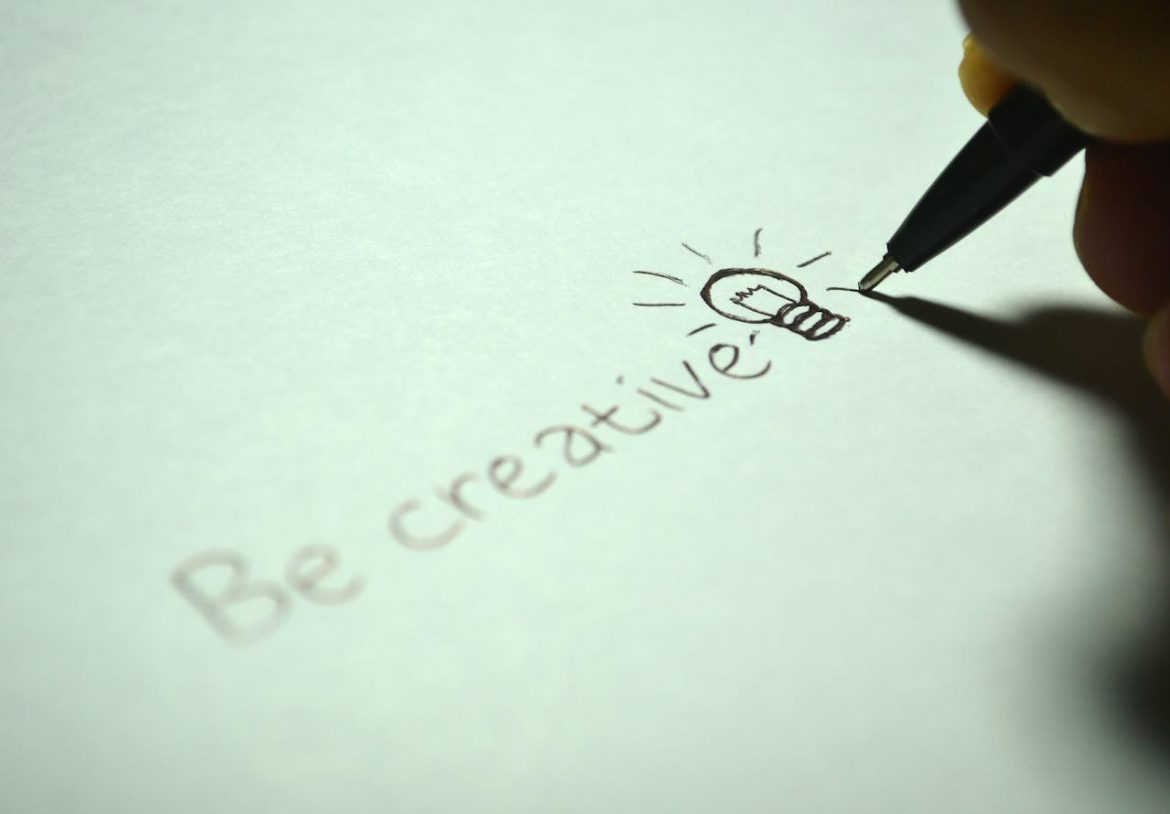In today’s fast-paced world, innovation is key to staying ahead in the competitive market. Companies across the globe are constantly seeking new ways to enhance their product design and development processes. In this blog, we will explore how innovation is shaping the future of product design and how companies are adapting to these changes.
Understanding Innovation
Innovation is not just about coming up with new ideas; it’s about solving problems in unique ways that add value for the user. In the realm of product design and development, this means creating products that are not only functional but also user-friendly, sustainable, and appealing to the target audience.
The Role of Technology
One of the biggest drivers of innovation in product design is technology. Advances in 3D printing, virtual reality (VR), and artificial intelligence (AI) are revolutionizing the way products are designed and tested. For instance, Autodesk, a leader in 3D design, engineering, and entertainment software, leverages AI to offer predictive design models, helping designers create more efficient and sustainable products.
Emphasizing User Experience
Today’s consumers expect products that are not just functional but also intuitive and enjoyable to use. Companies like Apple have set high standards in user experience, making it a critical component of product design. Their focus on clean, simple designs that enhance user interaction has influenced many other companies to follow suit.
Sustainability and Social Responsibility
Sustainability is becoming a central theme in product development. Consumers are increasingly aware of environmental issues and expect companies to adopt eco-friendly practices. Brands like Patagonia are leading the way by using recycled materials and promoting sustainable product design, which not only benefits the environment but also resonates with eco-conscious consumers.
Collaborative Innovation
Collaboration is key to innovation. The integration of diverse perspectives often leads to breakthrough ideas. Companies are now using platforms like GitHub to collaborate on software development, but the concept is expanding to other areas of product design as well, encouraging open innovation and community-driven development.
Customization and Personalization
With the rise of digital manufacturing technologies, customization and personalization are becoming increasingly feasible and affordable. Nike offers customers the chance to design their own sneakers, allowing for personal expression and a unique product experience. This level of personalization is becoming expected in many product categories, pushing companies to think differently about their design and manufacturing processes.
Conclusion
Innovation in product design and development is about much more than just new ideas. It’s about leveraging technology, emphasizing user experience, committing to sustainability, fostering collaboration, and offering customization. As we look to the future, these elements will continue to drive the evolution of products and the ways we interact with them. Companies that embrace these changes and are willing to experiment and adapt will be the ones leading the charge in their respective industries.

